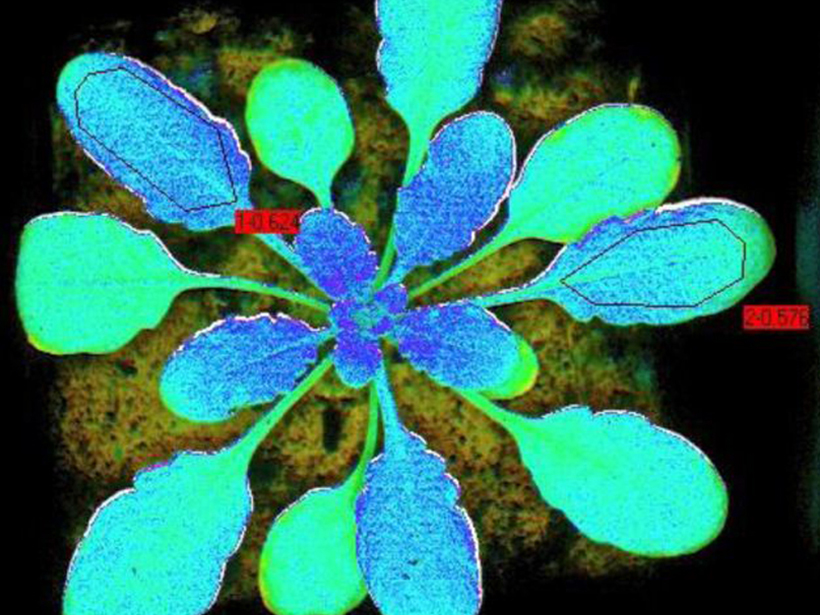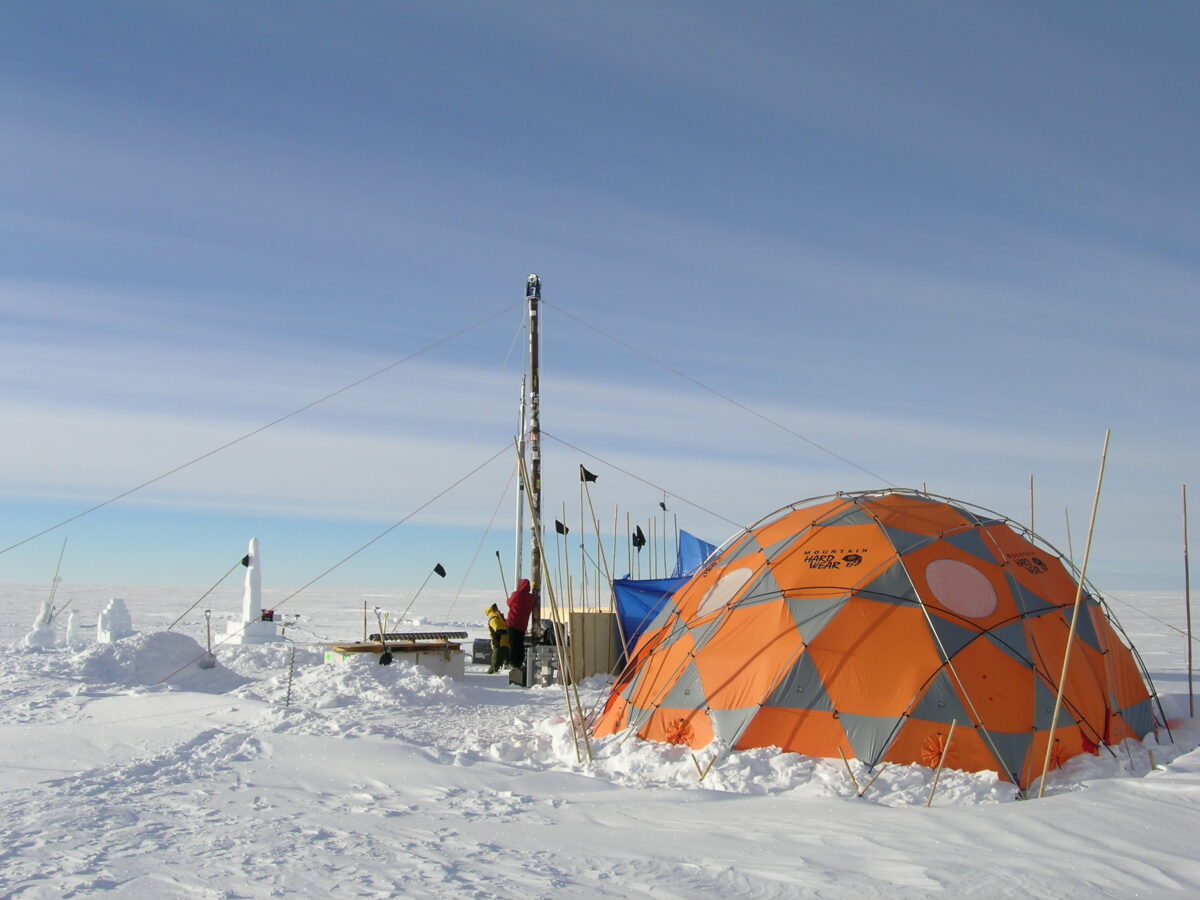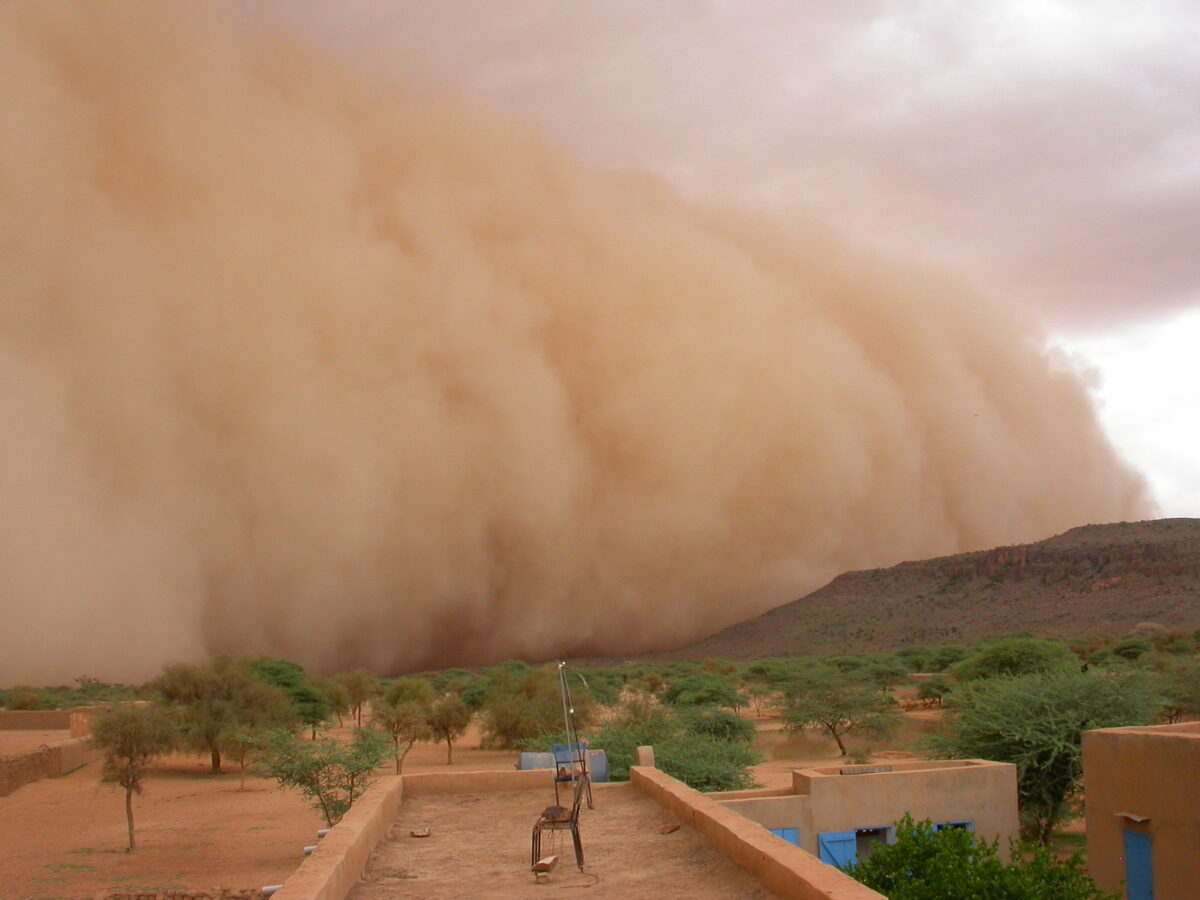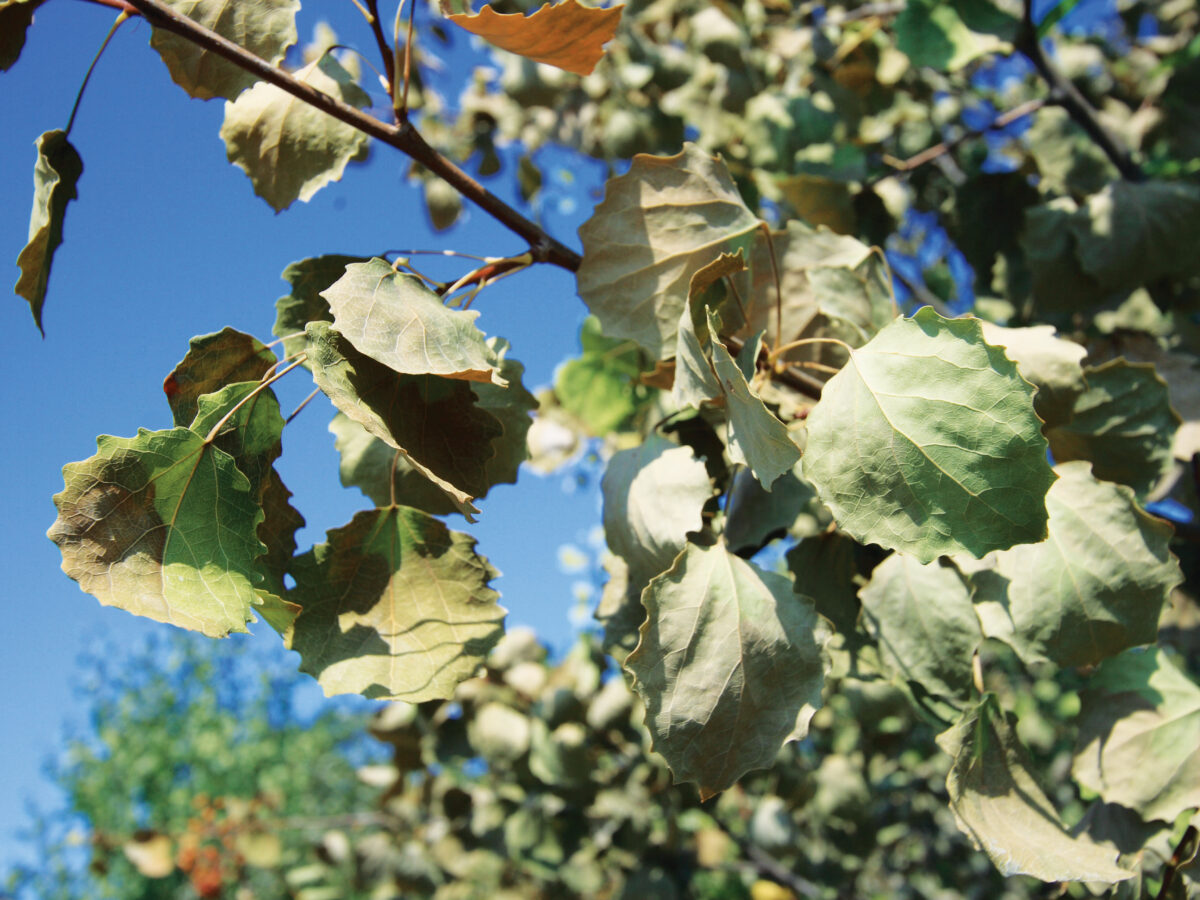New research provides evidence that plants that flower earlier in the year because of climate warming experience more frost damage and have less reproductive success.
plants
How Plant Life Survives on Earth's Driest Inhabited Continent
Australia is a continent of extremes, and researchers find that some ecosystems are better equipped than others to deal with the country's characteristic extreme climatic variation.
Details of Gas Flow in Wetland Plant Roots Unearthed
Scientists track the flow of trace gases through wetland root systems to understand the role of plants in biogenic gas fluxes.
Woody Vines Limit How Much Carbon Tropical Forests Sequester
Vines called lianas, which store less carbon than trees, are winning the competition for sunlight and water.
Airborne Sensor Can Track Photosynthesis Efficiency
Remote estimation of fluorescence emitted by plants can indicate variations in photosynthesis performance.
How Do Aquatic Plants Direct Where Other Stalks Grow?
By changing the flow of the river, aquatic plants affect the distribution of nutrients on the riverbed.
Atmospheric Carbonyl Sulfide Hit a Minimum 5,000 Years Ago
A new ice core measurements-based record of a climate-active gas shows variability on millennial timescales.
Comparing Models for Soil Erosion Due to Wind
Researchers investigate the impact of vegetation on erosion.
A Simple Model to Calculate When Drought Causes Plants to Die
Scientists create a mathematical model to predict when drought pushes plants to die.









